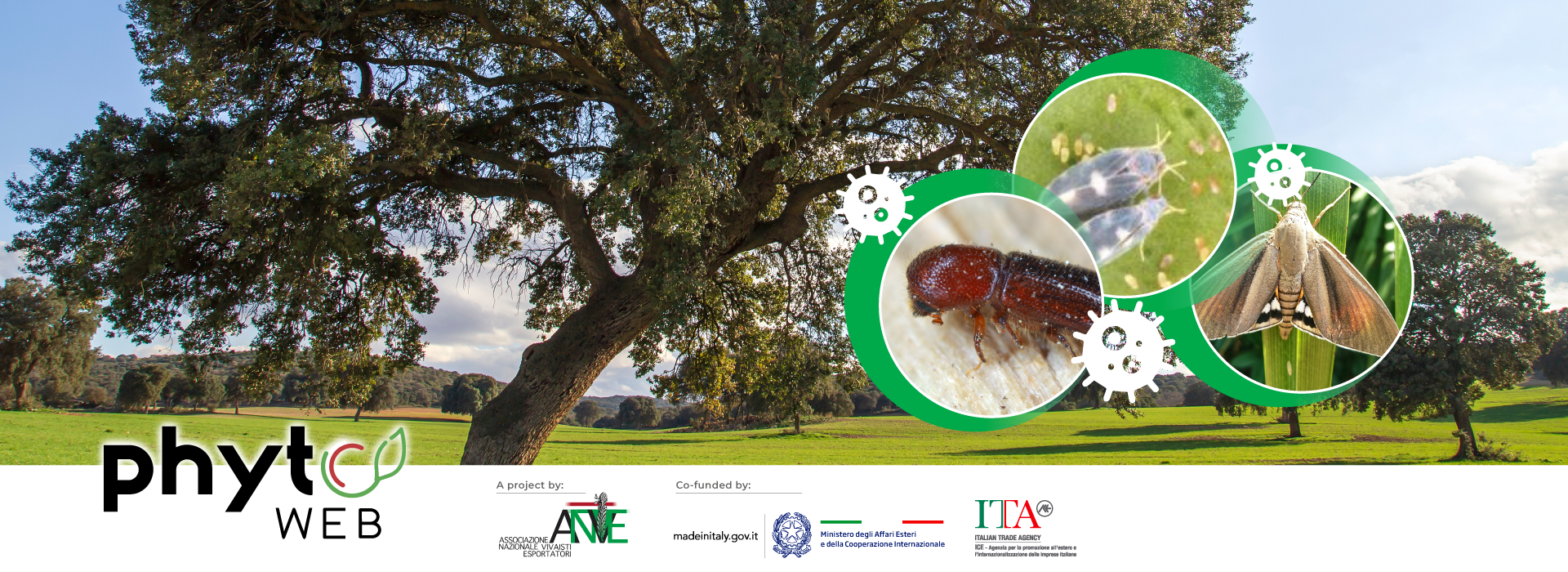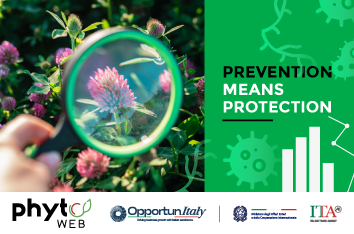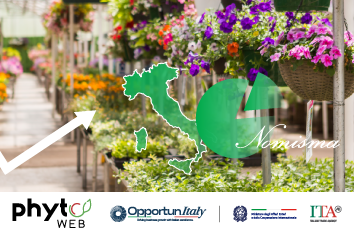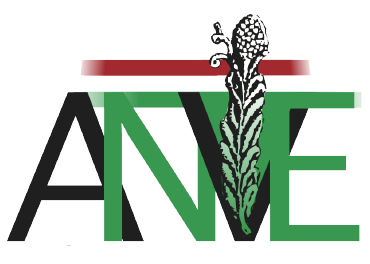UK-EU reset: what the new deal means for plant trade?
- News
- 2 September 2025

Evergreen trees represent a cornerstone of the urban and ornamental landscape in Italy and across Europe.
They are not merely decorative elements, but green infrastructures that perform essential ecological and environmental functions: acting as natural barriers against pollution, helping to mitigate urban heat islands, and providing refuge for wildlife. However, their year-round foliage exposes them to specific risks, making them particularly vulnerable to pests and pathogens that threaten their vitality.
Globalization and the increasing trade of plants and plant materials have facilitated the spread of alien organisms capable of destabilizing entire ecosystems, with significant economic and landscape-related consequences.
Xylosandrus compactus: the beetle that undermines canopies
This bark beetle, now widespread in many Mediterranean areas, is capable of attacking numerous ornamental and forest species, including holm oaks, laurels, cypresses, chestnuts, magnolias, and pines. For this reason, it is classified as a quarantine pest of EU concern.
Adult females dig tunnels into branches and trunks, disrupting sap flow and transmitting pathogenic fungi that compromise plant vitality. Recognizing early symptoms, like sawdust at the base of entry holes, wilting, sudden desiccation, and foliage loss, is crucial for implementing timely control measures.
An effective management plan includes proper agronomic care, monitoring adult flight from March to October, timely removal of affected branches, and their destruction by burning or through approved curative treatments for wood-boring beetles, to be carried out in nurseries.
Aleurocanthus spiniferus: the whitefly affecting citrus
This whitefly is one of the most problematic threats for the Mediterranean region of Europe. Its high climatic adaptability and extreme polyphagy are the reasons for its inclusion among the EU’s priority quarantine pests. Over a hundred plant species serve as hosts, ranging from citrus to ornamental plants such as camellias and roses, as well as various fruit and forest crops.
The juvenile stages feed on the leaf sap, while the sugary honeydew produced promotes the development of sooty mold, reducing the photosynthetic and respiratory capacity of plants and fruits, ultimately leading to desiccation.
Management of this pest involves delimiting infested areas, targeted pruning and burning of affected parts, along with the application of authorized insecticidal treatments in nurseries, open fields, or greenhouses to limit the spread of the insect.
Paysandisia archon: the palm-killing moth
This large South American moth, now known in European urban contexts, is not classified as a quarantine pest but is nonetheless subject to phytosanitary regulations in several Member States due to its destructive impact on palms.
Larvae dig tunnels into the trunk, destroying vascular tissues and leading to weakening and collapse of the plant. Symptoms include yellowing, wilting, wood mould exudation, leaf deformation with circular lesions, trunk galleries and visible holes in the trunk.
Control of this insect can be carried out using chemical insecticides or biological products. Chemical treatments aim to target the insect before it penetrates the plant. Some areas are also experimenting with biological alternatives, such as the use of entomopathogenic nematodes, which penetrate deeply and attack the larvae. When damage is irreversible, the only measure is the elimination of the affected specimen.
In a landscape where pests increasingly threaten the stability of the ornamental sector, the key lies in anticipating problems and minimizing exposure to risks. The Phytoweb project is supporting professionals with a digital platform where nurserymen can easily check phytosanitary regulations, understand obligations related to international plant movement, and prepare the required documentation.
Evergreen trees represent an aesthetic, ecological and economic heritage of priceless value. In this context, tools like Phytoweb become strategic allies in safeguarding Italy’s green assets.
ULTIME NEWS

Plant safety: EFSA highlights 47 emerging phytosanitary threats
The EFSA (European Food Safety Authority) has recently updated the list of priority pests for the European Union, identifying 47 species that require attention, monitoring, and strengthened quarantine measures.

Prevention, quality, sustainability: the value of effective monitoring
Amid climate change, international trade, and growing phytosanitary pressure, promptly identifying and preventing harmful organisms has become essential.

Nomisma report: the italian plant nursery industry between growth, competition, and new challenges
The plant nursery industry continues to represent one of the flagship sectors of Made in Italy. With well-established production districts, significant economic value, and a key role in international markets, the industry remains a pillar of the national economy.


